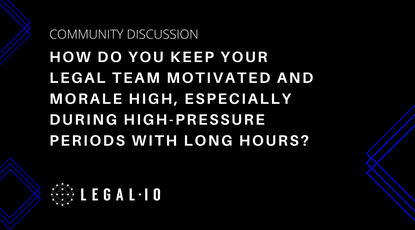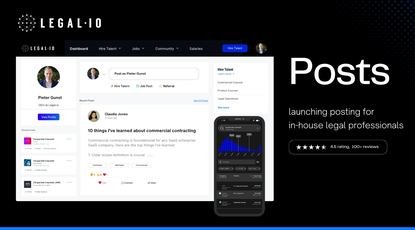The EEOC’s Pay Data Collection
The Equal Employment Opportunity Commission (EEOC) recently released aggregated pay data, revealing a persistent gender pay gap. This data was collected from employers through the EEOC’s short-lived EEO-1 Component 2 data collection. The data collection required approximately 70,000 private employers and certain federal contractors with 100 or more employees to annually report their pay statistics by race and gender.
The EEOC’s pay data collection was part of the EEO-1 Component 2 data collection, which was finalized in 2016 under former President Barack Obama. However, the Trump administration deemed it too burdensome for businesses, leading to several years of litigation. The practice was reinstated by a federal judge following a 2017 lawsuit over the data collection stalling, but the commission hasn’t demanded the data from employers since 2019.
Many employment attorneys predict that the five-member commission will restore the pay data collection in the coming months. However, a revival could tempt litigation, as some business groups argue that it’s too difficult for employers to provide pay information and isn’t useful enough to the commission to justify the cost.
EEOC Gender Pay Gap Data
The newly released data shows significant gaps in national median pay between men and women. In 2017, for instance, men’s median pay ranged between $39,000 and $49,900 compared to $24,400 to $30,600 for women. In 2018, women were in a lower median pay band than men of the same race or ethnicity in every race and ethnicity category.
This disparity is a stark reminder that the EEOC’s work to end every form of sex discrimination in the workplace, including compensation discrimination, is still unfinished. The gender-based wage gap remains a problem today, and a percentage of the wage discrepancy cannot be explained by non-discriminatory factors.
Comparative Datasets
According to a report by Next 100 Years and pay analytics company Gapsquare, the gender pay gap in the legal sector was 25.4% in 2022, a figure that has remained largely unchanged since 2017.
The report also found that women lawyers are not optimistic about seeing true gender pay equality in their working lives, with 84% believing they won’t see it, and 29% anticipating it won’t happen in the next 100 years. This lack of faith is particularly pronounced among junior female lawyers, none of whom believed that true pay equality would be achieved within their career.
Legal.io's salary data also shows the existence of a gender pay gap in the legal industry, albeit less pronounced. The average total compensation (including bonus and stock compensation) of women legal professionals is approximately $265,811 while the average for men in the industry is around $274,225. This indicates a pay gap percentage of roughly 3%, with men earning on average about $8,413 more than their women counterparts. The average base salary (base compensation) for legal professionals in Legal.io's dataset currently sits at $186,794, compared to $200,061 for men, a difference of approximately $13,267 or around 7%.
Implications in the Legal Industry
The findings from Legal.io's dataset and the EEOC's pay data collection analytics are valuable for identifying and addressing pay disparities in the legal sector. For more insights on compensation in the legal industry, explore Legal.io's Salary Insights Tool and compare your compensation to other legal professionals with similar expertise.











